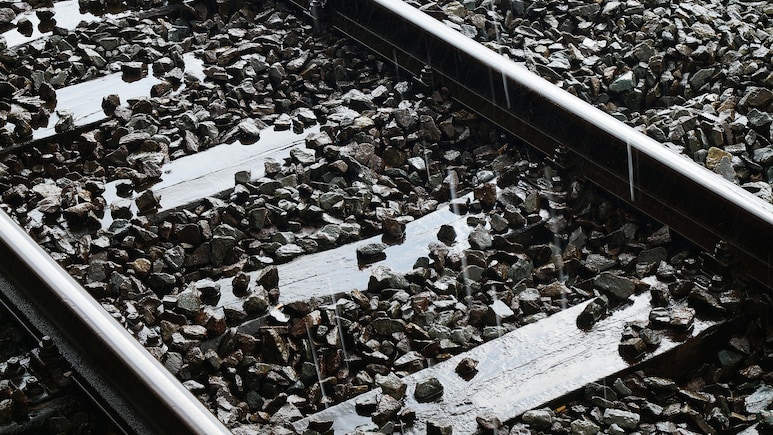
If you have ever stood by a railway track, you have probably noticed the heaps of small grey stones scattered beneath and around the rails. They might look random, but every single one of those stones serves a crucial purpose. These stones, known as track ballast, are an essential part of railway construction, for the unversed. But have you ever wondered what exactly their role is? Here is why you see small stones around train tracks and why we rely on them heavily.
Also Read: What You Can (And Cannot) Take From Your Hotel Room
Here Are 5 Reasons Why Train Tracks Have Small Stones Around Them
1. They Keep The Tracks Stable
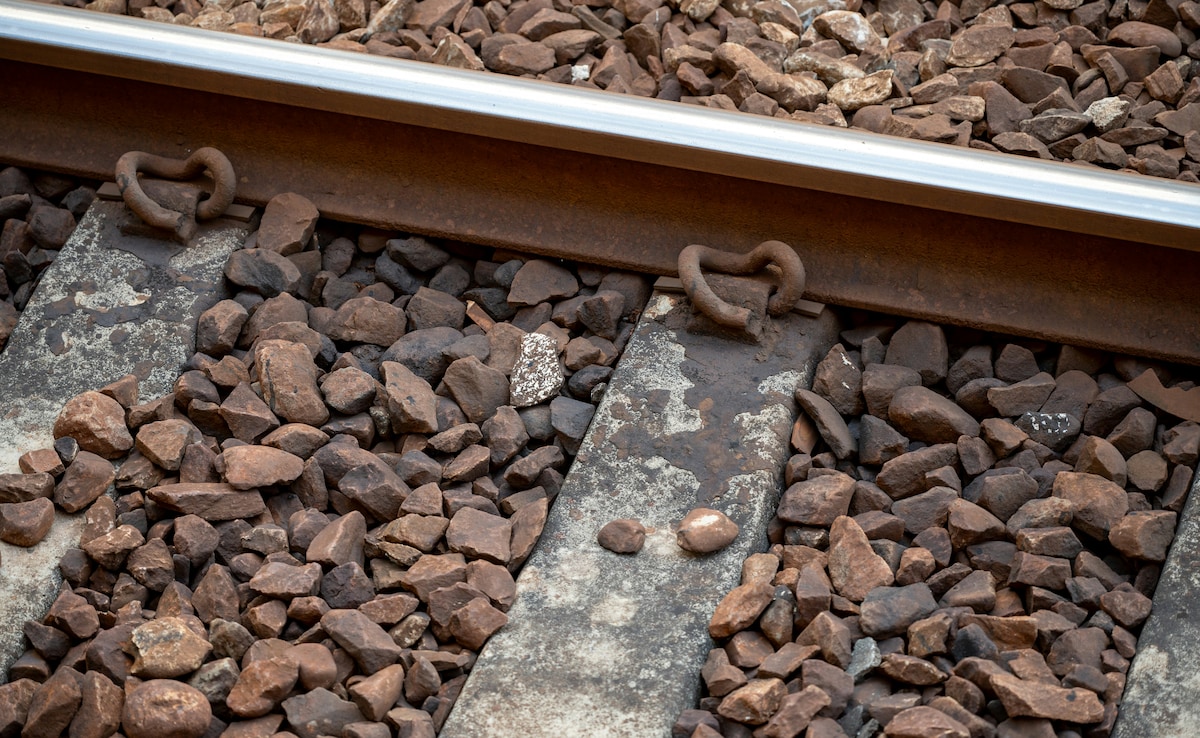
Photo: Unsplash
The small, sharp-edged stones beneath the tracks form a solid yet flexible base known as ballast. This base distributes the immense weight of passing trains evenly, preventing the metal rails from bending or shifting. It also holds the sleepers (the rectangular concrete or wooden blocks) firmly in place, ensuring the train's path remains aligned. Without these stones, the tracks could warp or sink into the ground over time, leading to dangerous derailments and expensive maintenance.
2. They Help Drain Rainwater Quickly
India's monsoons are no friend to railways, but the stones make all the difference. The uneven gaps between the ballast pieces allow rainwater to drain quickly, preventing waterlogging that could weaken the soil underneath. This natural drainage system protects the metal tracks from rusting and stops mud from building up, which could otherwise disrupt train movement. It is an ingenious way to handle India's unpredictable weather without relying on costly drainage infrastructure.
3. They Absorb Vibrations And Noise
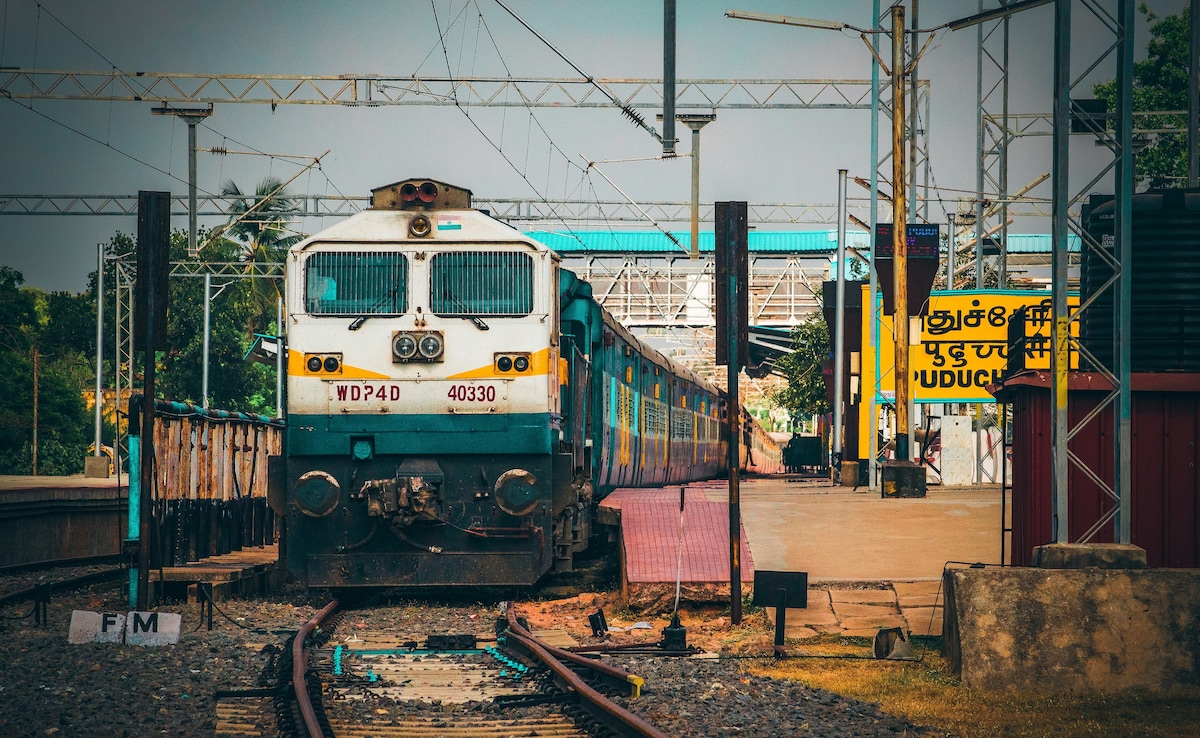
Photo: Unsplash
When a train rushes past, it generates intense vibrations that could rattle the ground and damage the surrounding infrastructure. Ballast acts as a natural shock absorber, softening those vibrations and reducing the stress on tracks, sleepers, and even nearby structures. It also helps reduce noise, especially in urban and residential areas, making train journeys quieter and smoother for both passengers and people living near railway lines.
4. They Prevent The Growth Of Weeds
Those tiny stones do more than provide support, they also act as nature's weed barrier. Because ballast is loosely packed and does not hold moisture, it makes it difficult for plants or grass to grow between the tracks. This prevents roots from disturbing the rail structure or causing corrosion. For railways, this means less frequent track clearing and fewer interruptions due to unwanted vegetation growth during the rainy season.
5. They Make Track Maintenance Easier
Ballast makes it simpler for engineers to maintain the railway network without major disruptions. The stones can be easily removed, cleaned, and reused during repair or track replacement work. Their loose arrangement allows quick access to the sleepers and rails when inspections or adjustments are needed. It is a clever combination of stability and convenience that helps railways manage one of the world's largest rail systems efficiently and economically.
What Is Railway Ballast Made Of?
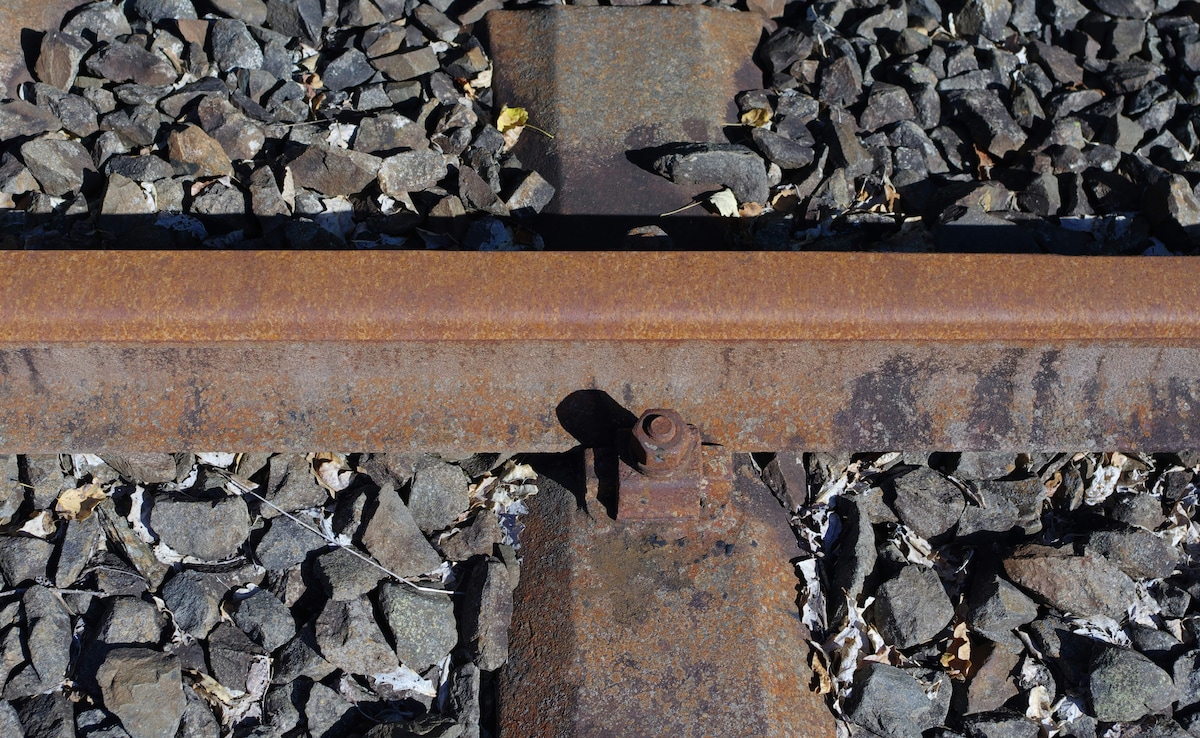
Photo: Unsplash
For the unversed, railway ballast is typically made from hard, angular stones such as granite, basalt, or quartzite, which are chosen for their strength and rough texture. Their edges help the stones lock tightly together, providing a firm yet flexible base for the tracks. Softer stones like limestone or sandstone are avoided because they crumble easily under the immense weight of passing trains. In India, crushed granite is the most widely used ballast material for its durability and excellent drainage capacity.
How Often Does Indian Railways Replace Track Ballast?
Ballast doesn't last forever, and it gradually gets compacted or clogged with dirt, reducing its drainage and shock-absorbing properties. In India, railways typically clean or renew ballast every 8 to 10 years, depending on how busy the route is. Heavily used freight corridors may need more frequent attention. During maintenance, special track-tamping machines lift the rails, remove the old stones, clean or replace them, and restore the track's alignment, making sure the operations are smooth and passenger safety.
Also Read: How To Get Free Hotel Room Upgrades Without Paying Extra
Why Are Track Stones Always Grey?
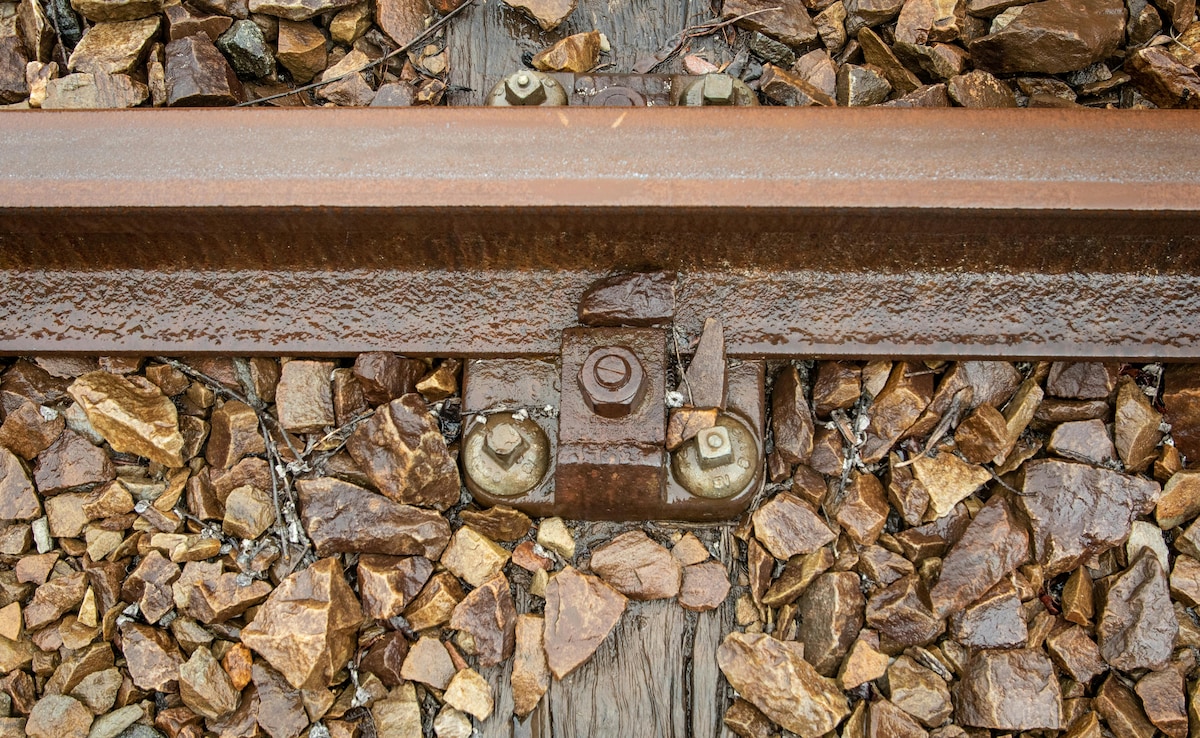
Photo: Pexels
Yes! This is because granite and basalt, the most durable materials for ballast, are naturally grey in colour. The hue also hides dust, oil stains, and rust better than lighter shades, keeping the tracks looking clean and uniform. Moreover, grey stones absorb less heat than darker ones, preventing the metal rails from expanding too quickly under the sun.
Track Latest News Live on NDTV.com and get news updates from India and around the world

